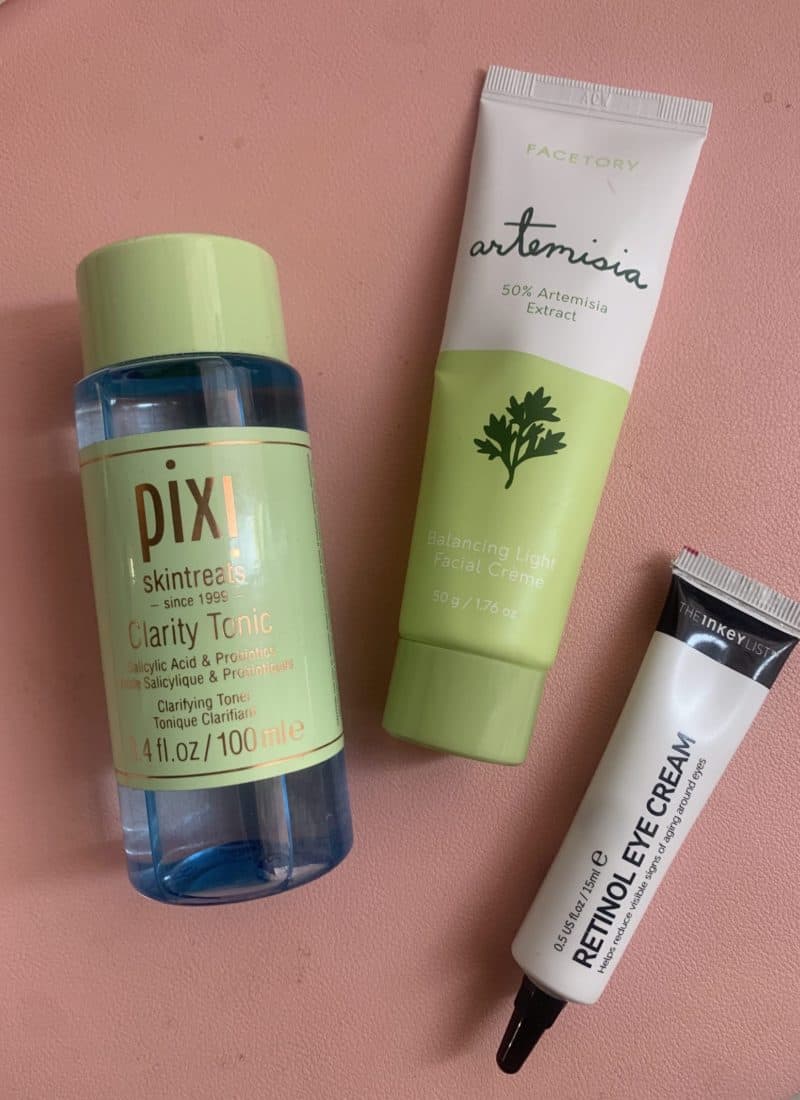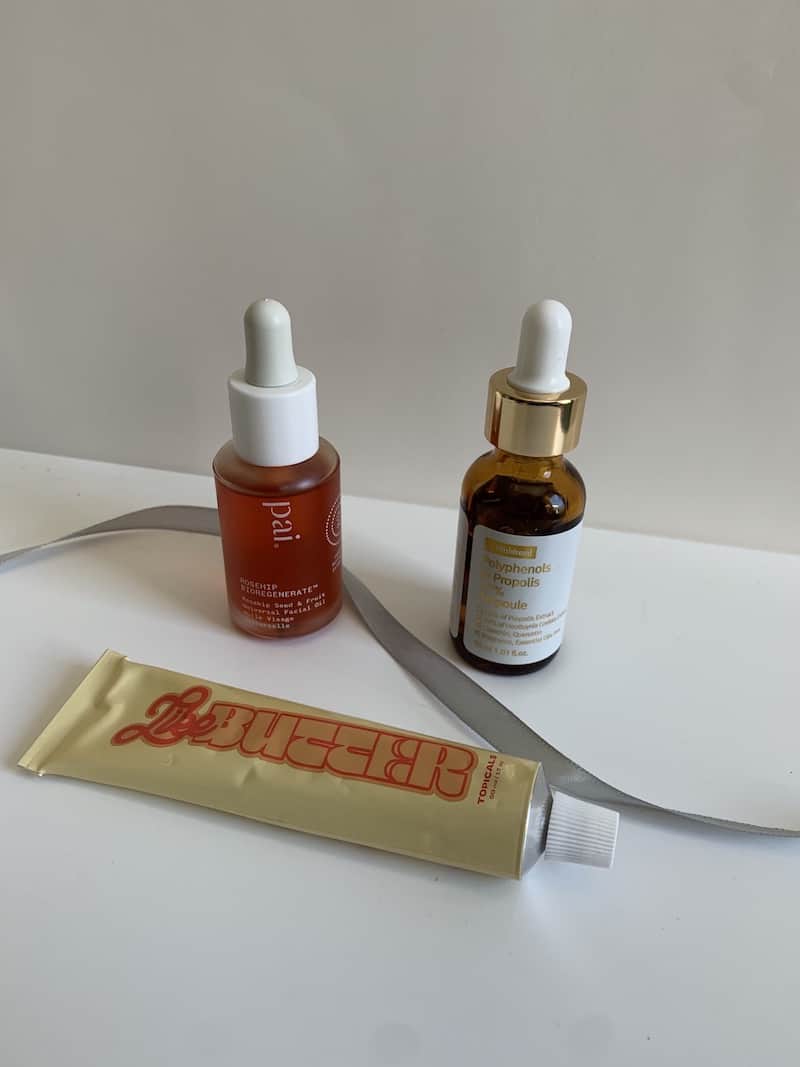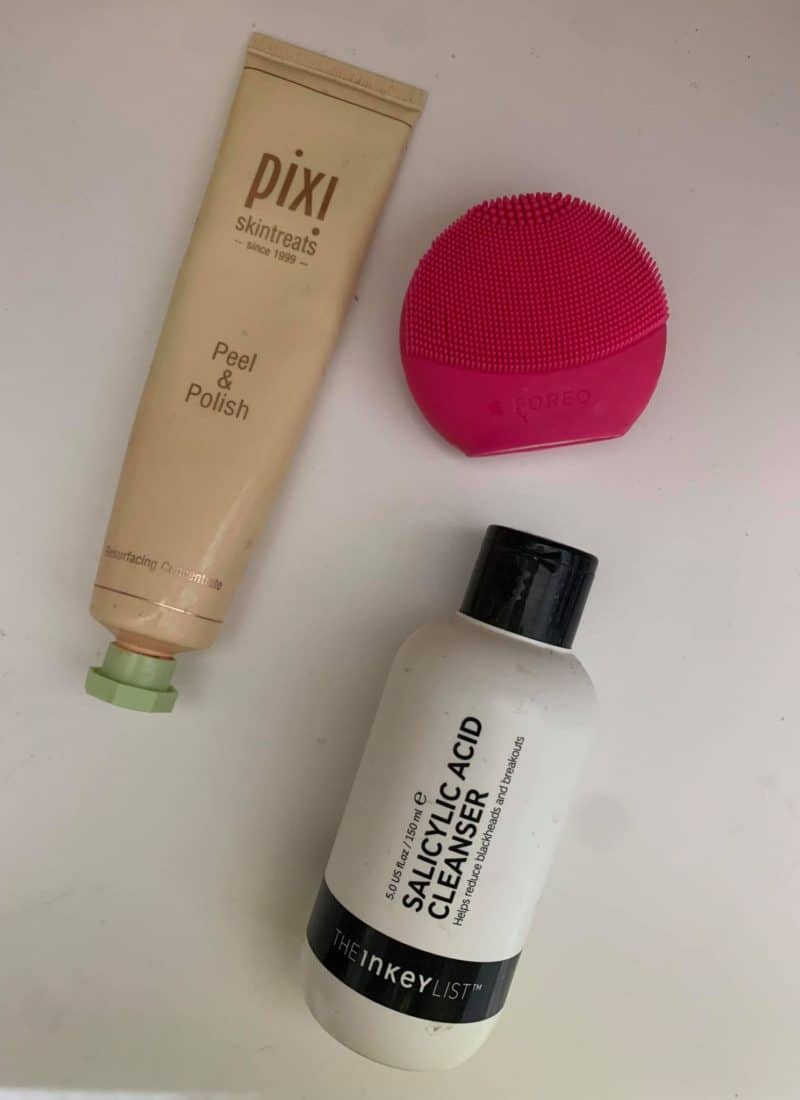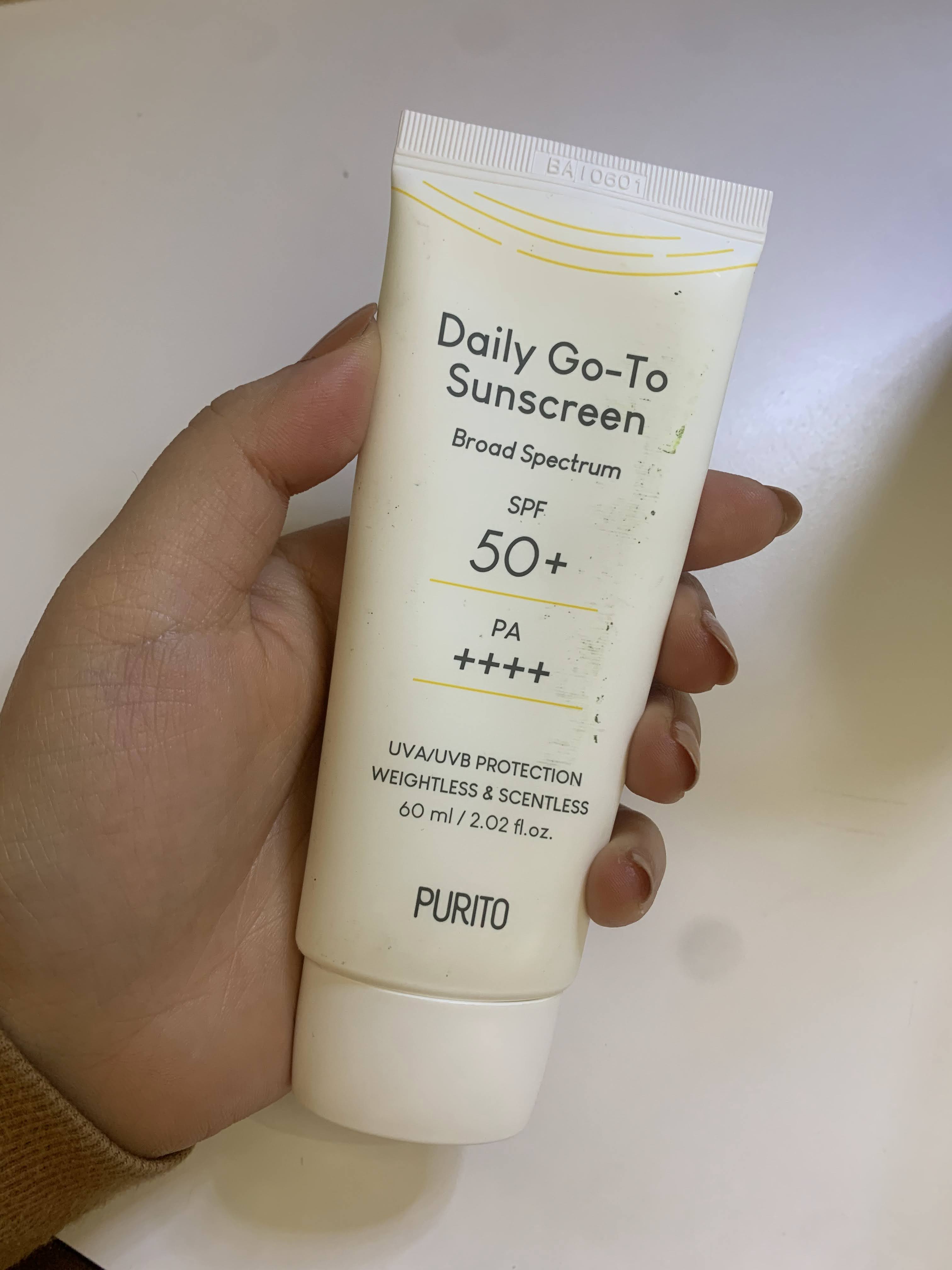Something a lot of people in the industry say is that you need regular exfoliation to have healthy skin. But is this really the case? In my opinion, the only steps you really NEED in a routine is a cleanser, moisturizer, and sunscreen (SPF being the most important). However, outside of a basic skincare routine, some form of exfoliation is the next addition I would recommend. Let’s talk about the different types of exfoliation and answer the question, “how often should you exfoliate your skin?”.
Why should you exfoliate your skin?
To get started, let’s break down some of the potential benefits of exfoliating your skin:
– Removing dead skin cells: Exfoliating your skin helps to remove dead skin cells and unclog pores. This helps to prevent build up and congestion, which can help reduce clogged pores and acne breakouts.
– Resurfacing the skin: Resurfacing the skin is a major benefit of exfoliating products. This can help target skin tone and texture for a more even complexion.
– Stimulating collagen production: Certain chemical exfoliants can help stimulate collagen production, which can help keep the skin firm and plump.
What type of exfoliation is best?
When thinking of exfoliating your skin, a lot of people think of a face scrub or physical exfoliant. However, there are also chemical exfoliator options that are extremely effective!
Physical vs chemical exfoliation
When it comes to picking between physical vs chemical exfoliation, my winner is almost always a chemical exfoliant.
– A physical exfoliator only works on the surface of the skin, whereas chemical exfoliators can go deeper and break down the “glue” between your skin cells to unclog pores.
– It’s easy to use too much pressure and potentially irritate your skin when using a face scrub or exfoliating scrub. There are more intense chemical exfoliators, but there are many gentle options too!
Outside of just physical and chemical exfoliators, there are other ingredients that can also help exfoliate the skin by resurfacing or breaking down dead skin cells, like retinoids and benzoyl peroxide.
What exfoliating ingredient should I use?
There are a lot of skin care ingredients that help to exfoliate your skin, but some of the most common are BHAs, AHAs, PHAs, and other acne-fighting ingredients. Look for these ingredients in the ingredient list of your products – a lot of products have exfoliating ingredients in them and you might not have known!
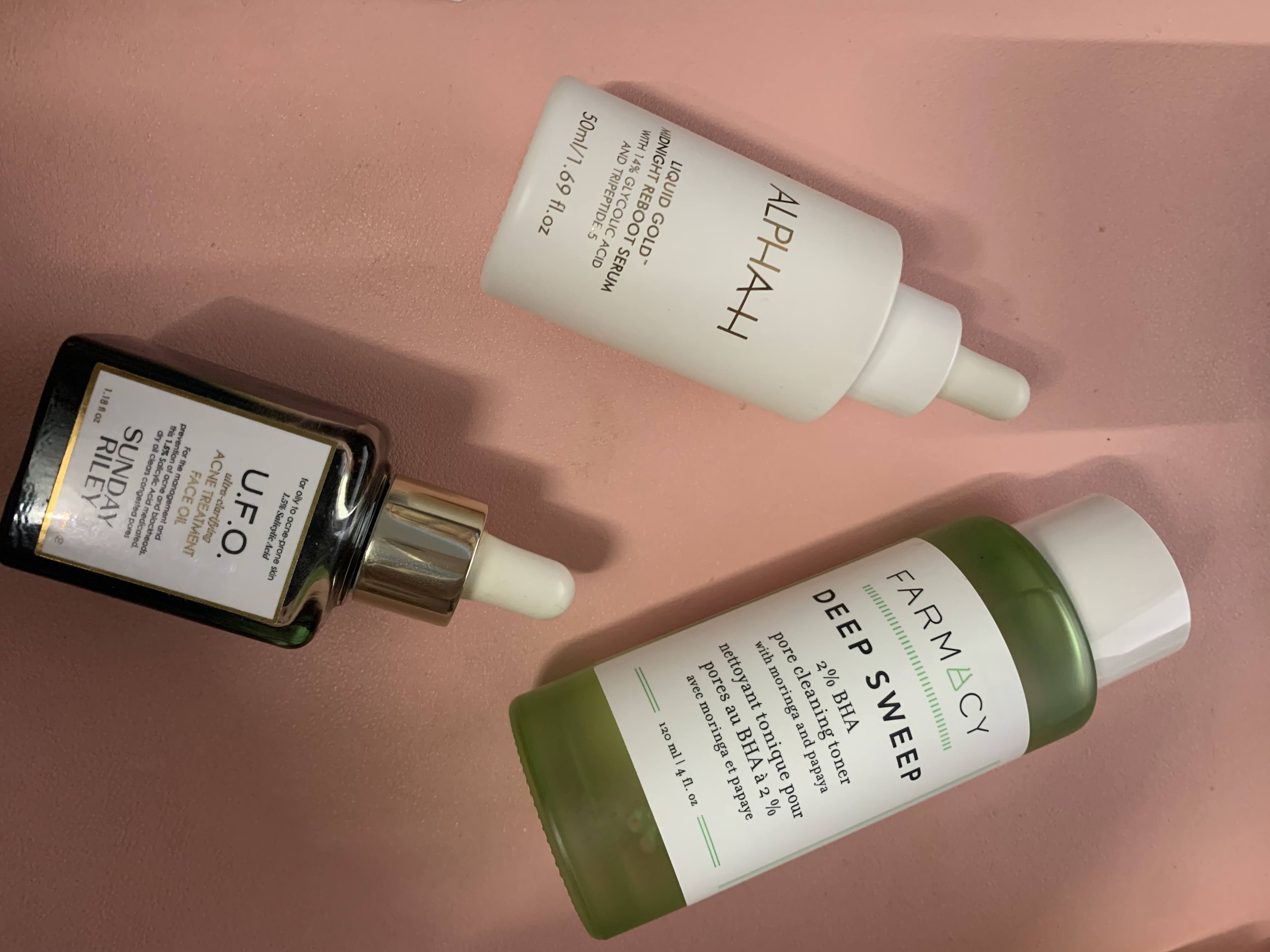
Chemical exfoliators
Beta-hydroxy acids (BHAs)
– Salicylic Acid: Salicylic acid is a beta hydroxy acid that is oil-soluble. This allows it to go deeper into the pore and break down excess oil and dead skin cell build up. Salicylic acid is a great option for oily skin and mild acne prone skin.
Alpha-hydroxy acids (AHAs)
There are many types of AHAs, but the most frequently used are:
– Glycolic acid: An alpha hydroxy acid that has the smallest molecule size, making it the most effective but can be irritating for a more sensitive skin type. It can effectively treat dull skin, signs of sun damage/aging skin, and uneven skin texture.
– Lactic Acid: A great option for dry skin types. Lactic acid is actually able to improve the skin’s natural moisturizing factors so it can help prevent dryness!
– Mandelic Acid: An AHA with the largest molecule size, making it a great option for sensitive skin or combination skin that can’t tolerate other acids.
Poly-hydroxy acids (PHAs)
PHAs are another group of exfoliating acids that have grown in popularity in the skin care world. They’re the “cousins” of AHAs, work similarly but are even more gentle. They’re also a great option for sensitive skin.
Gluconolactone & Lactobionic Acid are the two most commonly used PHAs. They have a large molecule size and can help even out skin tone/texture.
Other exfoliating ingredients
Retinoids: Types of retinoids like tretinoin help to resurface the skin, which can help unclog pores and even out hyperpigmentation and skin texture.
Benzoyl Peroxide: An anti-inflammatory treatment that can help target acne prone skin. It helps to break down debris on the surface of the skin, which can help unclog pores.
These ingredients can be found in many formats (cleansers, serums, treatments, and more). If you’re using either of these two ingredients in your skin care routine, you may not need to use a separate exfoliant since you’re already getting some form of exfoliation.
If your skin is looking and feeling good, you can probably skip the separate exfoliator. However, if you still have skin concerns that aren’t being treated by these ingredients (after at least a few months of use), you can consider adding a separate exfoliator into your skin care routine.
What exfoliating products are there?
Now that you know they many ingredients that can be used for exfoliation, let’s talk about the types of products you’ll find these ingredients in. They all have the same general purpose (to exfoliate your skin), but some may be a better fit for you than others.
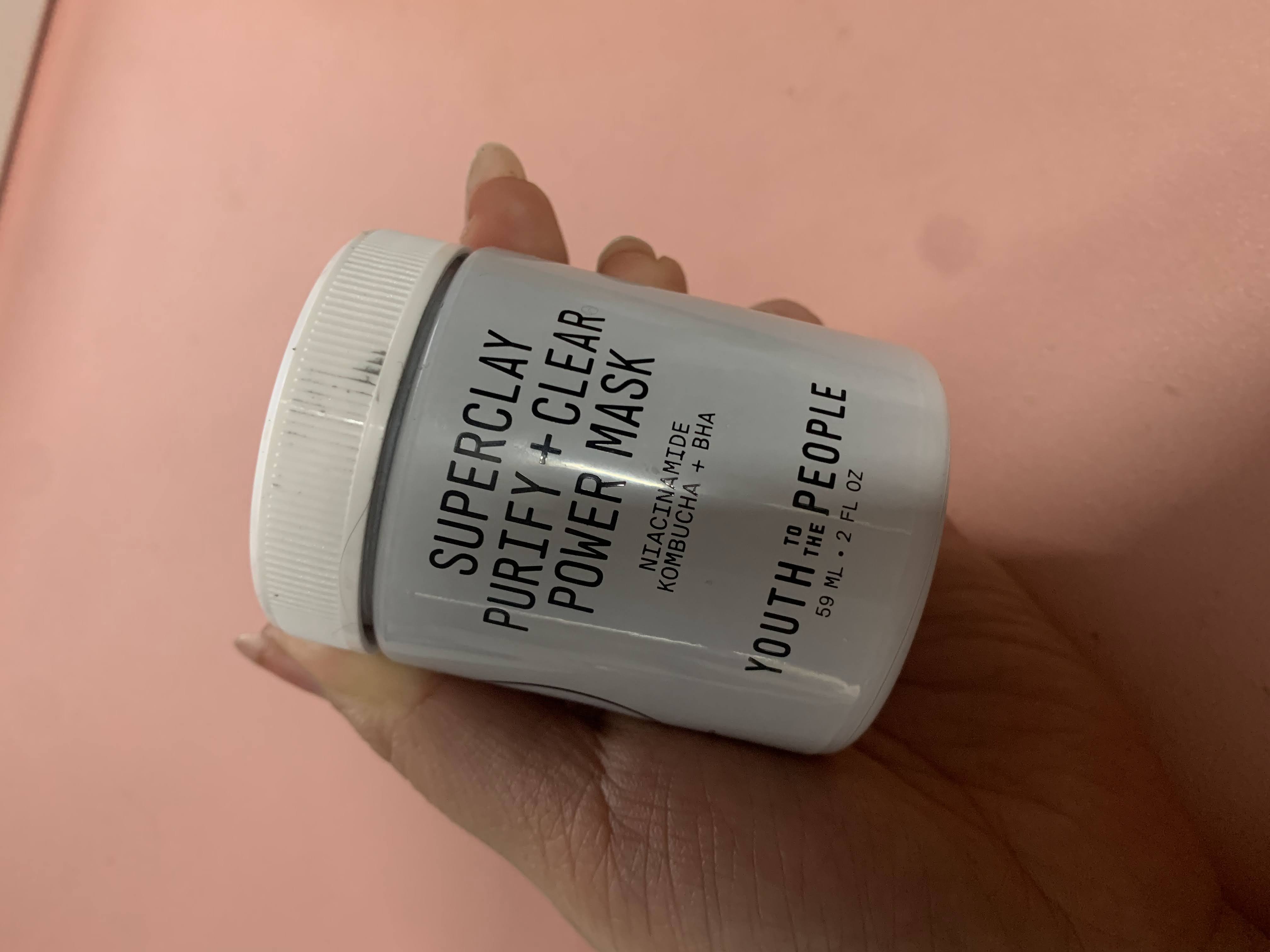
Chemical exfoliators
Exfoliating cleansers:
Cleansers with exfoliating acids are a great way to add regular exfoliation into your routine.
- Strength: Can vary depending on the product. Some have higher concentrations than others.
- Best for: Those starting out on exfoliation or want an easy way to add it to your routine.
- Efficacy: Cleansers are typically only on your skin for a minute or two, so it may not be as effective as a leave-on treatment.
- Product recommendations: The Inkey List Salicylic Acid Cleanser (strong), Osea Ocean Cleanser (medium), Hero Clear Collective Cleanser (gentle)
Exfoliating toners/pads:
Toners or pre-soaked pads with exfoliating acids are very popular in the skincare industries.
- Strength: Can be pretty strong, but again, can vary depending on the product based on concentration of actives. Stronger exfoliating toners can be quite sensitizing on the skin.
- Best for: Those who prefer lightweight, watery products over serums or creams or those who like to layer products. The thin, watery formula of exfoliating toners are great for both purposes!
- Efficacy: Generally very effective (depending on strength/concentration). Easily absorbed by the skin.
- Product recommendations: Farmacy Deep Sweep Toner (medium), Pixi Clarity Tonic (medium), Then I Met You Birch Milk Refining Toner (gentle)
Exfoliating serums:
Serum-based exfoliators are easy to apply and can have hydrating ingredients to minimize dryness!
- Strength: Can vary depending on concentration of actives, but most are medium to strong. However, certain hydrating formulas may be better tolerated based on formulation!
- Best for: Dry skin types or those who want a bit more hydration from their treatments.
- Efficacy: Generally very effective (depending on strength/concentration).
- Product recommendations: Alpha-H Liquid Gold Midnight Reboot Serum (strong), Pixi Beauty Overnight Glow Serum (medium), Sunday Riley UFO (gentle to medium)
Exfoliating creams:
Some moisturizers have the added benefit of exfoliating acids for an easy 2-in-1 product!
- Strength: Typically pretty gentle due to the cream format, but some formulas with higher concentrations can be stronger and more irritating
- Best for: Those who want an easy 2-in-1 product for a simple routine.
- Efficacy: Generally pretty effective (depending on strength/concentration).
- Product recommendations: Drmtlgy Advanced Retexturizer (Strong), Good Molecules BHA Clarify Gel Cream (Gentle)
Exfoliating masks/peels:
There are lots of concentrated exfoliating masks or peels that can double as your occasional self-care treatment.
- Strength: Typically the strongest of the exfoliator options, but can vary depending on concentration.
- Best for: Those who want a once in a while exfoliating treatment. Can be used occasionally for those who regularly use other exfoliators or ingredients like retinoids/benzoyl peroxide.
- Efficacy: Generally very effective (depending on strength/concentration), but can be the most sensitizing based on strength/concentration.
- Product recommendations: Alpha-H Liquid Gold Ultimate Perfecting Mask (Strong), Herbivore Prism Exfoliating Glow Facial (Medium), Youth to the People Superclay Mask (Gentle)
Physical exfoliators
Face scrubs:
A very popular way to physically exfoliate your skin. Scrubs can be easy to over-do, so remember to be very gentle if you decide to use it!
- Strength: Can be one of the most irritating forms of exfoliation, especially when used aggressively. I recommend using very gentle scrub options.
- Best for: Those who really love the satisfaction of a “scrub”
- Efficacy: Only works the surface layer of the skin, but gives those “instant gratification” results.
- Product recommendations: Pixi Peel & Polish (Strong, mix of chemical and physical exfoliation), Good Molecules Pineapple Exfoliating Powder (Medium)
Cleansing devices:
Commonly advertised to “better cleanse your skin” (spoiler alert – not true) but honestly just another form of physical/mechanical exfoliation.
- Strength: Can be pretty irritating on the skin (easy to over-do), but generally a bit more gentle than face scrubs. Exceptions are spin face brushes – just say no to those, super irritating.
- Best for: Those who love treating themselves to a bougie skincare tool
- Efficacy: Only works the surface layer of the skin, but can give that “deep clean” feeling.
- Product recommendations: Foreo Luna Fofo (Medium). In my opinion, the other larger sizes aren’t worth the price difference.
How often should you exfoliate your skin?
Now that we’ve gone through why exfoliation is important, exfoliating ingredients, and popular types of products, we can finally talk about how frequent you should be exfoliating your skin. Wondering “how often should you exfoliate?” – it honestly depends on the strength of the product you’re using and your skin’s personal tolerance.
Here are my general recommendations based on the type of product, but again – listen to your skin and reduce frequency if you’re noticing increased dryness or irritation.
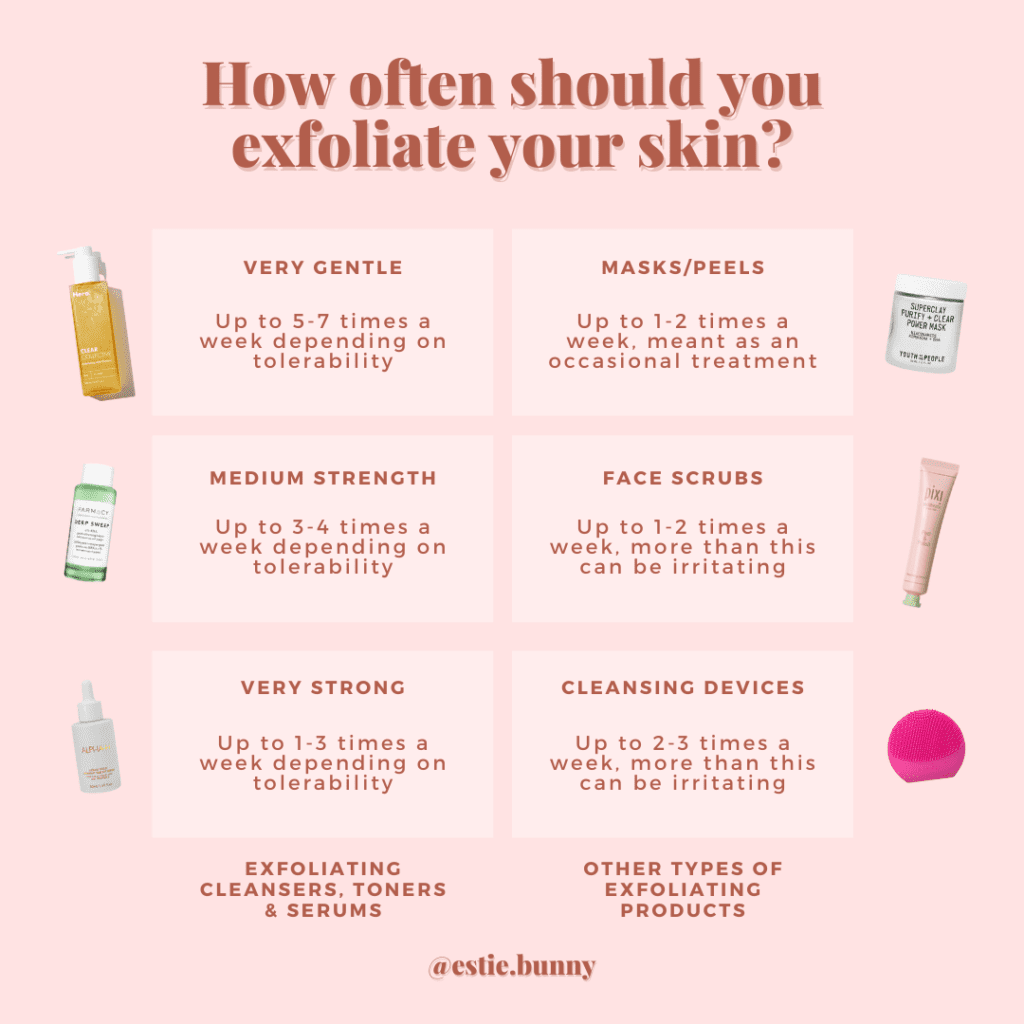
Note: The percentages used to differentiate between gentle, medium, and strong are VERY flexible. What’s more important than percentage/concentration of ingredient is formulation. For example, I’ve used 10% AHA serums that are gentler than 5% AHA toners.
Exfoliating Cleansers, Toners, Serums, and Creams
- Gentle (Typically less than 1% BHA, less than 2-3% AHA): Up to 5-7 times a week
- Medium: (Typically less than 2% BHA, around 5% AHA): Up to 3-4 times a week
- Strong: (Typical 2% BHA, 5-10%+ AHA): Up to 1-3 times a week
Exfoliating Masks
- Up to 1-2 times a week, regardless of strength.
- Exfoliating masks and peels are typically meant to be used as occasional treatments.
Face Scrubs
- Up to 1-2 times a week, regardless of strength.
- Using it more than this can lead to increased sensitivity and irritation.
Cleansing Devices
- Electric “spin” cleansing brushes: Never. Just don’t use them, they’re incredibly sensitizing.
- Silicone electric cleansing devices: Up to 2-3 times a week, but avoid combining with other forms of exfoliation.
Overall, how often you should exfoliate heavily depends on how strong a product is and your skin’s tolerance for it. On top of that, more exfoliation doesn’t always mean better. In my opinion, there are three or 4 ways you can exfoliate:
- Very strong exfoliants 1 or 2 times a week
- Medium strength exfoliants 3 or 4 times a week (every other day)
- Very gentle exfoliants more regularly (can be daily based on tolerance)
- Using another active ingredient (retinoids or benzoyl peroxide) instead of chemical exfoliators.
Start off slowly by using an exfoliating product 1 or 2 times a week and see how your skin feels. If you’re not experiencing any sensitivity, flaky skin, or dryness, you can increase to 3 times a week, then slowly increase as your skin tolerates it. It’s important to note that your skin’s tolerance can vary (sometimes it may be more sensitive than others), so be flexible in how often you’re exfoliating based on how your skin feels.
Product links are affiliate links. I do earn a small commission if you purchase from these links (with no additional cost to you), which supports me and my blog. Feel free to check out all of my affiliate/referral links or shop my favorites if you decide to shop. Thank you for your support!
